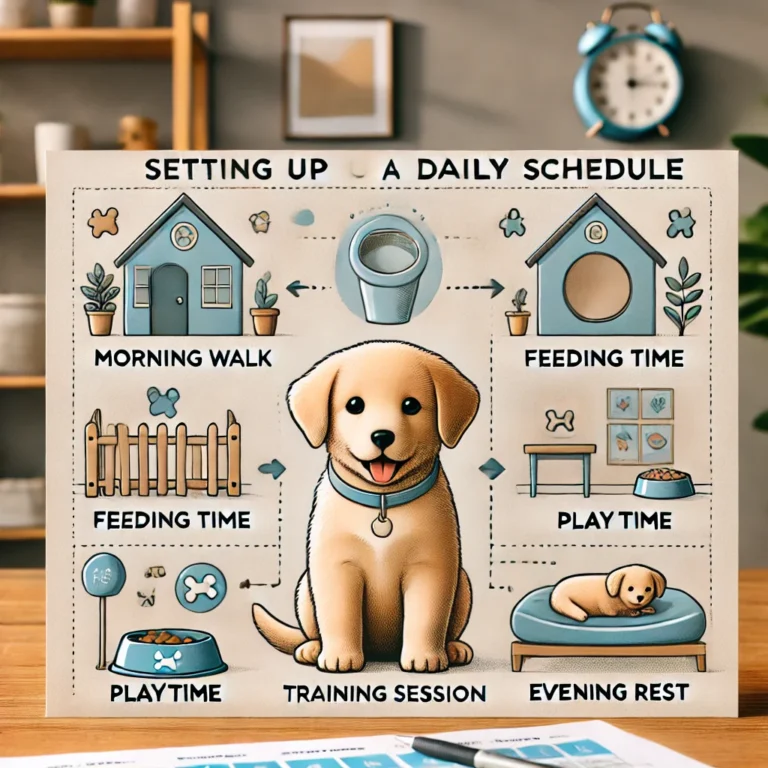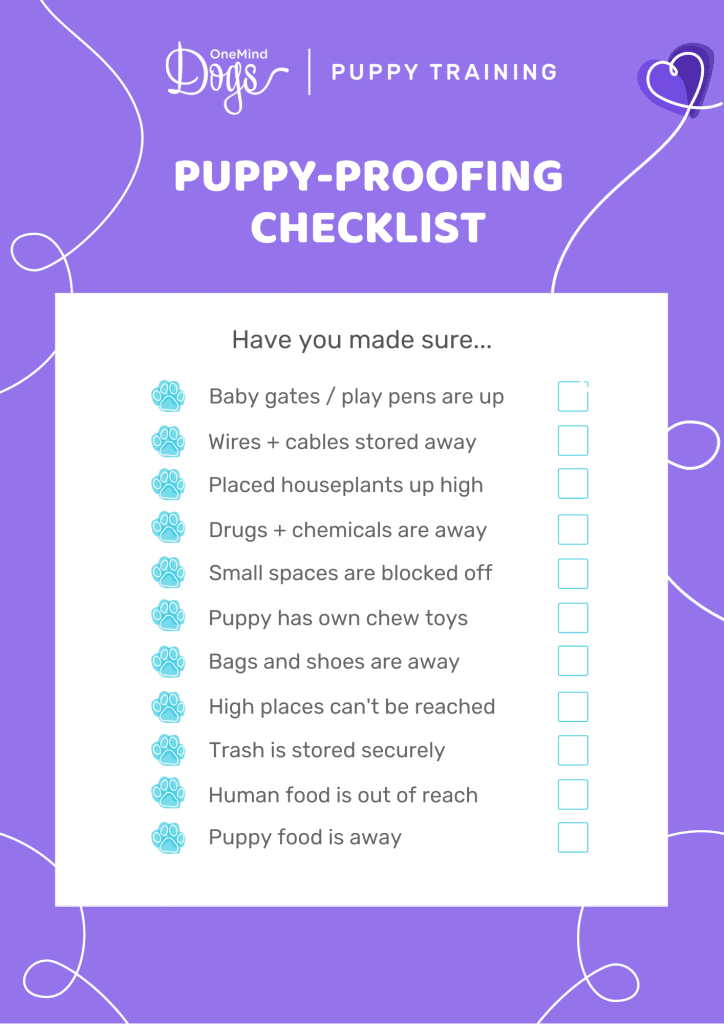Stop Dog Barking: Effective Training Techniques
Training a dog to stop barking too much can feel tough, but with the right methods, it’s possible. Dogs bark for many reasons, like being excited, scared, or bored. By figuring out why they bark and using positive training techniques, you can help your dog stay quiet when needed. This article will guide you through different ways to train your dog to bark less and when to seek professional help.
Understanding Why Dogs Bark
Before diving into how to stop barking, it’s important to understand why dogs bark in the first place. Barking is a natural way for dogs to communicate. It can mean different things depending on the situation. Here are some reasons why dogs bark: territorial or protective.
Positive Reinforcement Techniques
Positive reinforcement dog training is a great way to teach your dog to stop barking. Rewarding good behavior helps your dog understand what you want from them. Here are some tips to get you started:
Rewarding Quiet Behavior
When your dog stops barking, give them a treat or praise right away. This helps them learn that being quiet is a good thing. You can also use toys as rewards. The key is to be consistent and quick with your rewards.
Using Treats and Toys
Treats and toys are great tools for positive reinforcement. When your dog is quiet, give them a treat or let them play with their favorite toy. This makes them happy and encourages them to stay quiet. Remember, the reward should come right after the quiet behavior.
Consistency is Key
Being consistent is super important in positive reinforcement dog training. Always reward your dog for being quiet, and do it every time. This helps them understand what you want. If you’re not consistent, your dog might get confused and not learn as quickly.
Positive reinforcement training techniques are all about making good behavior fun and rewarding for your dog. Stick with it, and you’ll see great results!
Training Commands to Stop Barking
Training your dog to stop barking on command can be a game-changer. It’s all about patience, consistency, and the right techniques. Here’s how you can get started.
Teaching the ‘Quiet’ Command
First, you need to teach your dog the ‘Quiet’ command. When your dog starts barking, let them bark a few times. Then, gently hold their muzzle and say ‘Quiet’ in a calm, firm voice. Release their muzzle and wait a few seconds. If they remain quiet, reward them with a treat or praise. Repeat this process until they understand that ‘Quiet’ means to stop barking.
Using ‘Speak’ and ‘Quiet’ Together
Once your dog knows the ‘Quiet’ command, you can teach them to ‘Speak’ on command. This might sound counterintuitive, but it helps them understand the difference. When they bark, say ‘Speak’ and reward them. Then, follow up with the ‘Quiet’ command and reward them again when they stop barking. This way, they learn to control their barking.
Practice Makes Perfect
Consistency is key when training your dog. Practice these commands daily in different situations. Use them during walks, playtime, and even when they are in their crate. Over time, your dog will learn to respond to the commands in various environments. Remember, patience and persistence are crucial. Training takes time, but the results are worth it.
Training your dog to stop barking is not just about commands. It’s about understanding their needs and providing the right environment for them to thrive.
Physical and Mental Stimulation

Keeping your dog both physically and mentally engaged is key to a peaceful home. Activities like agility training, interactive games, and dog sports help burn off extra energy and satisfy your dog’s natural curiosity. Introducing rotating toys and challenges can prevent boredom and keep your dog excited for new adventures. These activities don’t just tire them out; they also help create a balanced and happy state of mind for your pet.
Dealing with Specific Barking Triggers

Understanding why your dog barks at certain things is key to stopping it. Here are some common triggers and how to handle them.
Barking at the Doorbell
When the doorbell rings, many dogs go nuts. They think someone is coming to their territory. Start by ringing the doorbell and giving your dog a treat if they stay quiet. Repeat this until they get used to the sound.
Barking at Other Dogs
If your dog is barking at other dogs, it might be because they are scared or excited. Try to keep your dog calm and reward them for being quiet. If your dog is aggressive towards other dogs, you might need to keep them on a leash and slowly introduce them to other dogs from a distance.
Managing Barking During Walks
Dogs often bark during walks because they are excited or see something interesting. Keep your dog focused on you by using treats or toys. If they start barking, stop walking and wait until they calm down. Then, continue your walk.
Remember, consistency is key. Keep practicing these techniques and your dog will learn to stay quiet.
When to Seek Professional Help
Sometimes, no matter how hard you try, your dog’s barking just won’t stop. That’s when it’s time to think about getting some professional help. Knowing when to seek help can make a big difference for both you and your furry friend.
Tools and Devices to Curb Barking
When it comes to calming a hyper dog or managing barking, there are several tools you can use. These tools can be very helpful, but it’s important to choose the right one for your dog. Let’s look at some options.
Bark Collars: Pros and Cons
Bark collars can be effective, but they come with their own set of pros and cons. Some collars use a small electric shock, while others use vibrations or sounds. It’s crucial to consider your dog’s temperament and health before choosing a bark collar. Always aim for a humane approach.
Ultrasonic Devices
Ultrasonic devices emit a high-pitched sound that only dogs can hear. These can be used as an auxiliary training tool for dogs. They are often effective in stopping barking quickly. However, not all dogs respond to them, so it’s a bit of trial and error.
Making an Informed Choice
When picking a tool, think about your dog’s needs and behavior. Some dogs may respond better to one type of device over another. Consulting with a professional can also help you make the best choice. Remember, the goal is to aid in training, not to punish your dog.
Always keep in mind the goal is not to punish, but rather to aid in the behavioral conditioning that aligns with your training philosophy.
Here are some tips to help you choose the right tool:
- Consider your dog’s temperament and health.
- Think about the specific barking triggers you want to address.
- Consult with a professional if you’re unsure.
Using the right tools can make a big difference in managing your dog’s barking. Whether it’s dogs that barely shed or small dogs that don’t shed, the right approach can help you achieve a quieter home.
Conclusion
Training your dog to stop barking doesn’t have to be a headache. By using positive reinforcement, understanding why your dog barks, and being consistent with your training, you can make a big difference. Remember, every dog is different, so what works for one might not work for another. Don’t be afraid to seek help from a professional if you need it. With patience and persistence, you’ll be able to enjoy quieter days with your furry friend. Keep practicing, stay positive, and soon enough, your dog will learn when it’s time to be quiet.
Key Takeaways
- Understanding why dogs bark is the first step in training them to stop.
- Using positive reinforcement, like treats and praise, can encourage quiet behavior.
- Teaching commands like ‘quiet’ can help control barking.
- Regular exercise and mental activities can reduce barking caused by boredom.
- Sometimes, professional help is needed for persistent barking issues.
Frequently Asked Questions
What are some effective training techniques to reduce my dog’s barking?
To reduce your dog’s barking, use a mix of positive reinforcement, physical and mental activities, and training commands like ‘quiet.’ Consistency is key.
How can I train my dog not to bark at other dogs during walks?
Teach your dog the ‘quiet’ command and reward them when they obey. Distract them with treats or toys to keep their focus away from other dogs.
When should I seek professional help for my dog’s barking?
If your dog continues to bark excessively despite your efforts, it might be time to consult a professional trainer or a behavioral specialist.
Are bark collars safe and effective?
Bark collars can be effective but have pros and cons. It’s important to research and choose the right type for your dog. Consult your vet for advice.
What can I do if my dog barks at the doorbell?
Train your dog to associate the doorbell with positive experiences. Use treats and practice the ‘quiet’ command to manage their reaction.
How important is exercise in reducing barking?
Regular exercise is crucial as it helps burn off excess energy, making your dog less likely to bark out of boredom or frustration.







